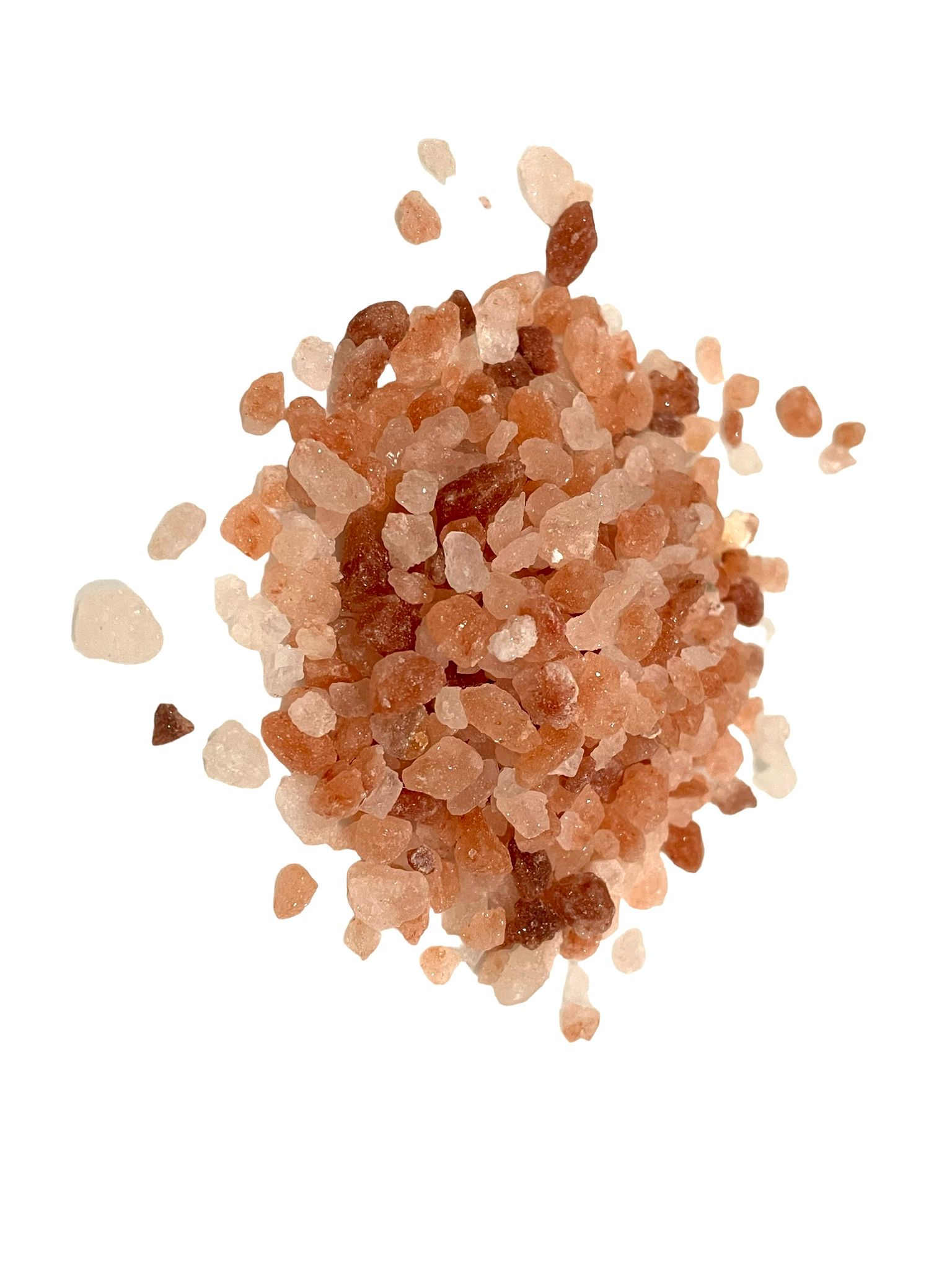Himalayan salt, also known as pink salt or Himalayan salt crystals, is a type of salt extracted from salt mines in the Himalayan region of South Asia.
It is known for its characteristic pink color, which is caused by the presence of trace elements and minerals, such as iron and magnesium. Here are some aspects of Himalayan salt and health:
- Minerals and trace elements: Himalayan salt does indeed contain small amounts of minerals and trace elements, such as magnesium, potassium and iron. These may contribute somewhat to your daily requirement of these nutrients, but in very small amounts.
- Sodium: The main component of salt is sodium chloride, and Himalayan salt is no exception. It contains sodium and therefore should be consumed in moderation. Excessive salt intake can lead to high blood pressure, which increases the risk of cardiovascular disease.
- Use in cooking: Himalayan salt is often used to add flavor to dishes and has a mildly salty taste. It can be an alternative to regular table salt if you prefer the taste, but it is still salty and should be used in moderation.
- Quality and Purity: The quality and purity of Himalayan salt can vary depending on the source and manufacturer. It is important to choose products from reliable sources to ensure that you are using high-quality and safe salt.
In summary, Himalayan salt is a natural salt that contains some trace elements and minerals, but it should still be consumed in moderation because of its sodium content. It can be a tasty addition to your culinary dishes, but do not overdo it to avoid health problems.
